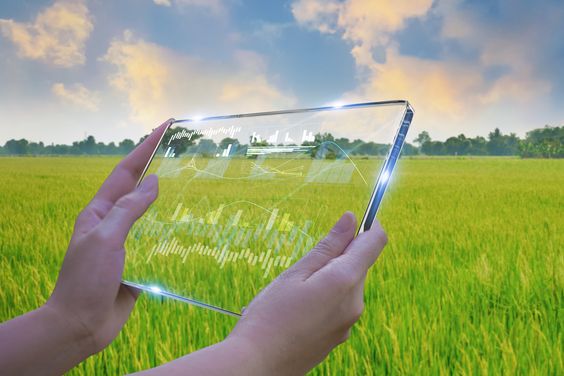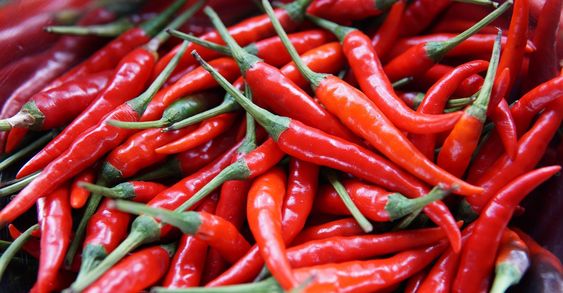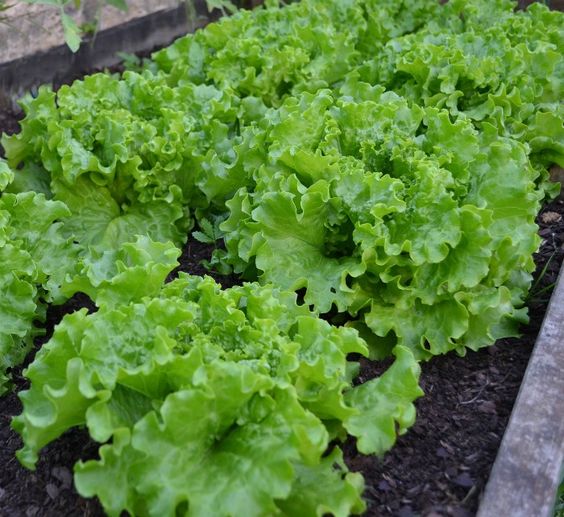Unveiling the Potential: Plant Dahlias in the Era of Smart Agriculture
The Dahlia: A Beloved Ornamental
Dahlias, with their vibrant blooms and diverse cultivars, are a favorite among florists and home gardeners alike. Native to Mexico and Central America, these herbaceous perennials boast an impressive variety in size, shape, and color. Their long flowering season, from summer to fall, makes them a valuable addition to any landscape. However, dahlias are traditionally grown with methods relying heavily on manual labor and grower experience.
Contents
Smart Agriculture: Redefining Cultivation
Smart agriculture offers a paradigm shift in how we approach crop management. By leveraging sensors, internet of things devices, and data analytics, farmers can gain real-time insights into their crops’ health and environmental conditions. This allows for:
- Precision Irrigation: Sensors monitor soil moisture levels, enabling targeted irrigation that reduces water waste and optimizes water use efficiency.
- Nutrient Management: Smart systems analyze plant nutrient uptake and soil composition, facilitating targeted fertilizer application, minimizing fertilizer runoff, and enhancing crop quality.
- Environmental Monitoring: Sensors track temperature, humidity, and light levels, allowing for adjustments to optimize growing conditions and mitigate potential threats like pests and diseases.
- Automated Tasks: Smart systems can automate repetitive tasks like greenhouse ventilation and climate control, freeing up labor for higher-value activities.
The Plant Dahlias in the Smart Agriculture Landscape
While Plant Dahlias are primarily ornamental, their cultivation can benefit significantly from smart agriculture technologies. Here’s a closer look at the potential applications:
- Precision Irrigation for Optimal Flowering: Dahlias require consistent moisture but are susceptible to root rot in overly wet conditions. Smart irrigation systems with soil moisture sensors can tailor water delivery to each plant’s specific needs, ensuring optimal flowering and preventing water waste.
- Nutrient Management for Vibrant Blooms: High-quality blooms require balanced nutrients. Sensor data on soil composition can be used to create customized fertilizer programs, ensuring optimal nutrient delivery for vibrant and long-lasting flowers.
- Environmental Monitoring for Disease Prevention: Fungal diseases can significantly impact dahlia production. Smart systems with temperature and humidity sensors can help maintain optimal growing conditions, reduce disease risk, and minimize reliance on fungicides.
- Automated Climate Control in Greenhouses: For controlled environments like greenhouses, smart climate control systems can automatically adjust temperature, humidity, and ventilation based on set parameters, ensuring optimal growing conditions year-round.
- Data-Driven Decision Making: By collecting and analyzing data on factors like soil moisture, nutrient levels, and environmental conditions, growers can make informed decisions about crop management practices, leading to higher yields, improved flower quality, and reduced production costs.
Benefits and Advantages Plant Dahlias
Integrating smart agriculture practices into Plant Dahlias cultivation offers several advantages:
- Increased Efficiency: Automation and data-driven decision making can free up labor for higher-value tasks and optimize resource use.
- Improved Flower Quality: Precise control over environmental factors and nutrient delivery promotes vibrant blooms and reduces disease.
- Reduced Costs: Minimized water and fertilizer waste, along with optimized disease control, can lead to significant cost savings.
- Sustainability: Smart practices promote resource-efficient cultivation, reducing the environmental impact of dahlia production.
- Enhanced Data-Driven Insights: Data collected by smart systems can be used to analyze trends, identify areas for improvement, and ultimately achieve continuous optimization of dahlia cultivation.
Challenges and Considerations Plant Dahlias
While the potential of smart agriculture for Plant Dahlias is promising, some challenges need to be addressed:
- Initial Investment: Implementing sensor technology and smart irrigation systems requires an initial investment that might not be feasible for all growers.
- Technical Expertise: Integrating and utilizing smart systems may require acquiring new knowledge and skills.
- Data Security: Ensuring data security and privacy in smart agriculture systems needs consideration.
Implementation Strategies
- Selecting appropriate technologies: Choosing sensors, irrigation systems, and data platforms that cater to the specific needs of Plant Dahlias cultivation and grower capabilities.
- Pilot program implementation: Starting with a small-scale pilot program to test the effectiveness of smart agriculture practices in a controlled setting before full-scale adoption.
- Training and capacity building: Providing growers with training on operating and utilizing smart systems to ensure effective implementation.
Explanation and Usefulness of Specific Technologies
Here’s a breakdown of some key smart agriculture technologies and their usefulness for Plant Dahlias:
- Soil Moisture Sensors: These sensors continuously monitor soil moisture levels, providing real-time data for precise irrigation scheduling. This prevents overwatering and root rot while ensuring optimal moisture for vibrant blooms.
- Temperature and Humidity Sensors: These sensors track environmental conditions within greenhouses or open fields. This data allows for adjustments to ventilation, heating, and cooling systems, maintaining optimal growing conditions and preventing heat stress or fungal diseases.
- Light Sensors: Light sensors can be used to monitor light intensity and duration, which are crucial factors for flowering. This data can be used to adjust artificial lighting in greenhouses or select appropriate planting locations outdoors.
- Nutrient Sensors: These sensors, still under development, offer the potential to analyze soil nutrient levels in real-time. This data can be used to create customized fertilizer programs, ensuring optimal nutrient delivery for healthy growth and vibrant flowers.
- Wireless Communication and Data Platforms: Sensor data is transmitted wirelessly to secure data platforms where it can be visualized, analyzed, and used to make informed decisions. These platforms offer features like historical data tracking, trend analysis, and alerts for critical events.
The Future of Plant Dahlias in Smart Agriculture
The integration of smart agriculture technologies in Plant Dahlias cultivation holds immense potential for the future. As technology advances, we can expect:
- More sophisticated sensors: Sensors that provide even more granular data on soil health, plant stress, and nutrient uptake.
- Advanced data analytics: Artificial intelligence-powered platforms that can analyze complex datasets and provide growers with actionable insights for optimizing production.
- Automation advancements: Further automation of tasks like harvesting and disease detection, freeing up labor for higher-value activities.
Plant Dahlias, with their beauty and economic importance, stand to gain significantly from the adoption of smart agriculture practices. By leveraging sensors, data analysis, and automation, growers can optimize resource use, enhance flower quality, and achieve sustainable production. While challenges exist, continuous advancements in technology and increasing grower awareness will pave the way for a more efficient and data-driven future for dahlia cultivation.




